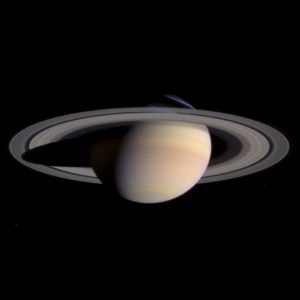 You’ve seen the magnificent celestial body of Saturn in science books, pictures, and online. Well, now is the time you look at it in real-time with your very own telescope!
You’ve seen the magnificent celestial body of Saturn in science books, pictures, and online. Well, now is the time you look at it in real-time with your very own telescope!
Yes, if you have been wondering can you see Saturn without a telescope, with a telescope, then we are here to help you see what this planet and its rings are like under these magnifying telescopes and binoculars.
Best telescopes to see Saturn 2022:
What You Need:
As Saturn is one of the brightest stars that one can see from the naked eye, it makes the process of seeing it way easier than other planets. Hence, the things you need or the telescope you need to see Saturn through won’t be too expensive, and the list won’t be too long either!
Now, you must wonder some of the following things, is it possible to see Saturn’s rings through a telescope? If so, how big of a telescope do I need to see Saturn, what magnification do you need, what size telescope, and what power of it to see its rings? If yes, then no need to worry, for this article will solve and answer all of these queries, so let us dive right into it!
Following are the answered questions to what you may require to see Saturn’s glorious rings:
What Power Telescope To See Saturn’s rings?
In order to easily see the curvature of Saturns rings properly, one must have a legitimate telescope. The best part is, that you can see its rings through even the smallest of telescopes with the power of 25x!
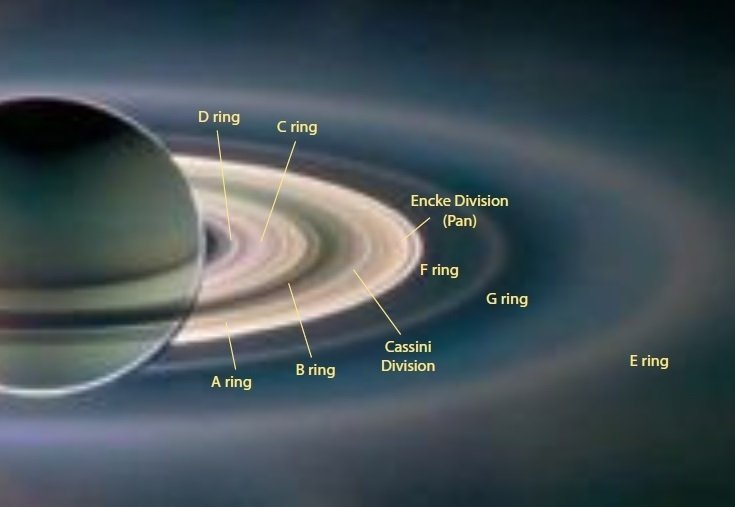
For a better insight on the rings, your planetary telescope should have a 3-scope zoomed in at 50x to be able to see the rings in separation going from one end of the planet to the other. How cool is that? And thus, with this power, magnification, and size, you will be able to see Saturn.
Saturn Through:
 8-inch telescope:
8-inch telescope:
As said, all you need to see Saturn and its rings are a simple telescope, even if it’s small. You can even use your binoculars! We get to that next. But for now, as you are able to see Saturns rings with even the smallest of telescopes and its power as mentioned above. You don’t need to worry if your telescope is too small, for you will be able to see your planet without it as well.
However, one can never be able to see Saturn as well as we wish we could! Saturn is said to be like a jewel that is unique, yet very small. And with the help of an 8-inch telescope, you could be able to see the ringed planet Saturn, indeed. But not with as much clarity as one would desire to see it in
Check out this telescope!Looking for a related guide? Here’s one we think you’ll like: 5 Best 8-Inch Dobsonian Telescope in 2022
Binocular:
The planet Jupiter and Saturn are both such planets that are not only bright but also change their position quite obviously, that we can catch them.
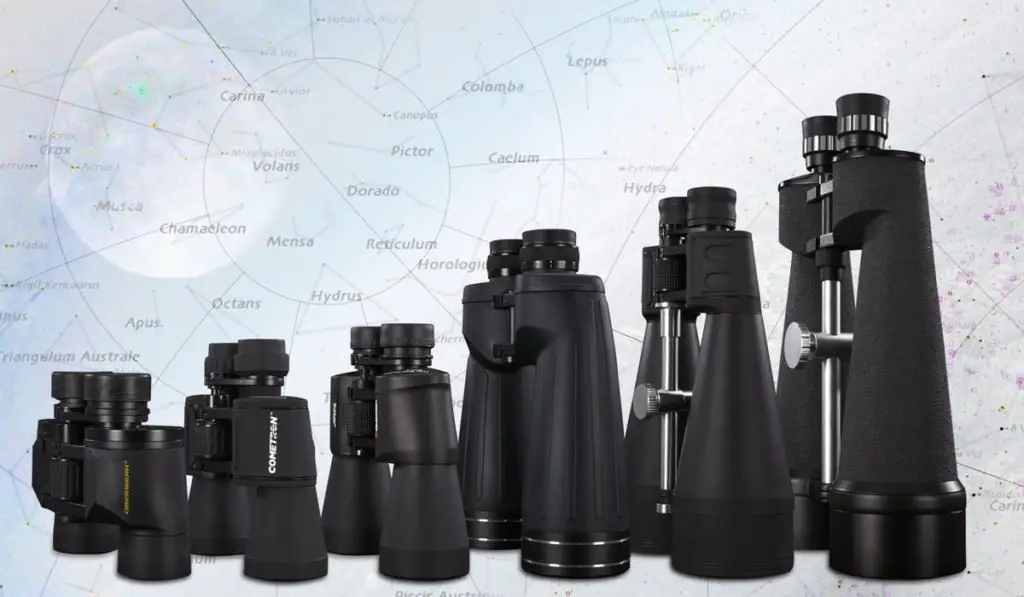
Through binocular both Jupiter and Saturn would look like two discs in space, but if your binocular is able to zoom in and magnify to 8x, then you should be able to see a resolved disk. It would be, however, a little difficult as Saturn in apparently smaller in its size, and you won’t be able to properly see its rings either. But you would be able to see its largest moon, called Titan.
Check out this telescope!Home telescope:
In order to see the planets properly, one must own the correct size and power of telescope to legitimately enjoy its beauty. However, if you don’t possess one then no worries! Through your regular home telescope, you should be able to see planets. Unfortunately, not all. But indeed Saturn! Alongside Saturn, you should be able to see Venus, Jupiter, Mars and see them change on a night to night basis. As they we are able to observe them visibly change and shift in their place
Without telescope:
This is a rather tricky one, but if you get your timing, positioning and are educated right (Which you no longer need to worry about, because we have got you covered!) then you should be able to see up to 5 different kinds of planets without a telescope.
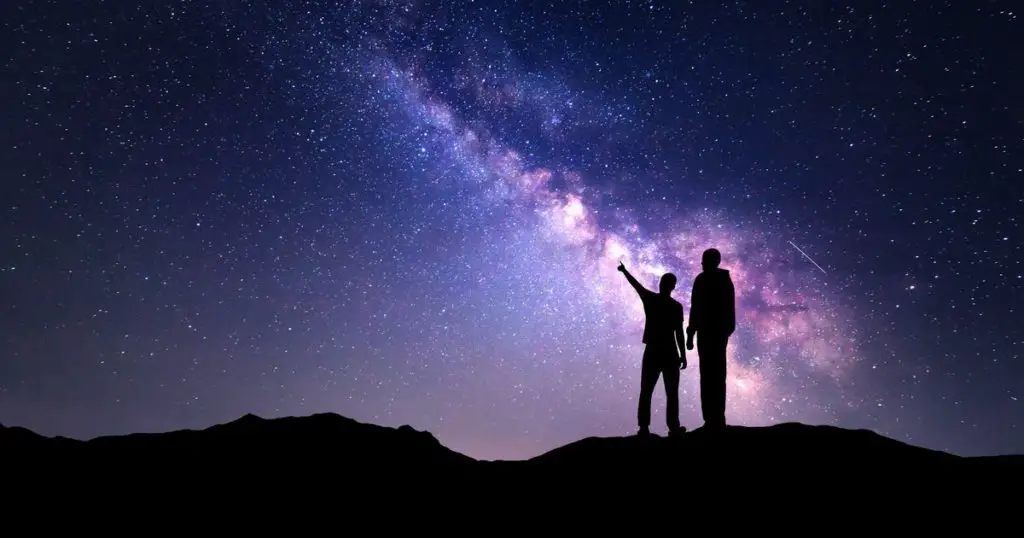
Without using a telescope, yes you can see Saturn! You just need to be up, bright and early, exactly 45 minutes prior to your cities sunrise timing. During this time you should be able to see the five planets and the moon without a telescope. These five planets that you will be able to see without a telescope and with your naked eye are, Saturn, Mercury, Venus, Mars, and Jupiter. Along with this, all of their moons will too be visible! You just need to know where they are placed correctly and be able to recognize them right.
Looking for a related guide? Here’s one we think you’ll like: 10 Best Dobsonian Telescopes to Buy in 2022 [From 6″ to 12″ ]
Astrophotography
Astrophotography is a career and a hobby that is on the rise. So if you are someone who is interested in this we would suggest you start off with regular home telescopes or monoculars and work your way up to actual and the best telescopes that you can see Saturn, Jupiter or heck any planet through! For now an intermediate we would recommend you the Celestron AstroMaster Telescope, The Celestron Newtonian Telescope or the Orion Atlas Pro Telescope. We also have an article for beginners called the Best Monocular For Stargazing For Astrology, that you could use to help yourself get the best ones for you!
Buy Celestron TelescopePhotographing Without Telescope
As mentioned above, you can see up to 5 planets without a telescope and with your naked eye. The same case is with your cameras photography as well! You can see and take pictures of these bright 5 planets with your camera, way more easily than you think.
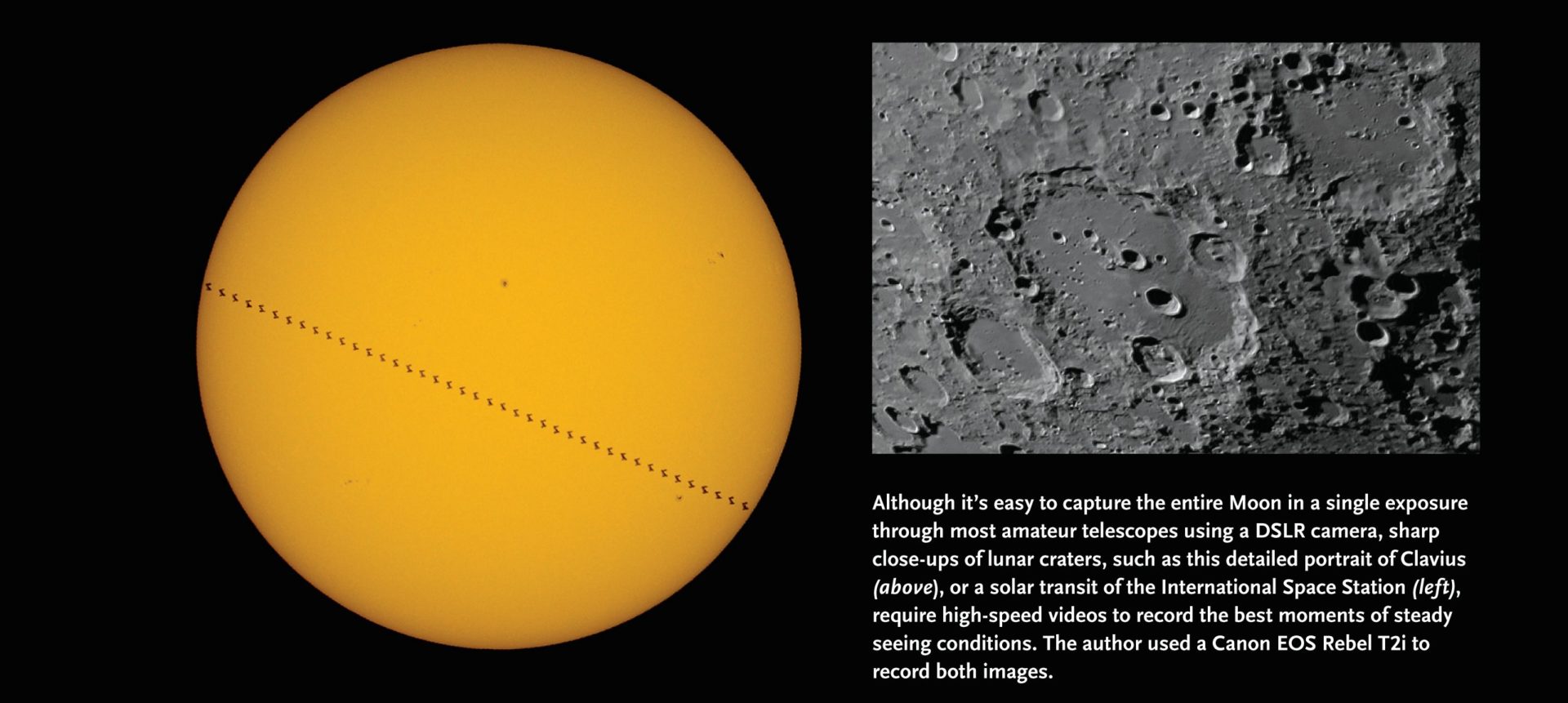
Shooting with a wide-angle DSLR camera, whereby the lens is placed right exactly where the planet appears the brightest, with the help of a proper astrophotography camera, would do wonders to the pictures and the planets. While it wouldn’t do justice to its beauty and how you can see them up close in space, or even with your naked eye, it could be edited to reveal more of the surface details. Resulting to almost a lifelike image of the planets.
What you need:
A major requirement for seeing Saturn and capturing its pictures would be a lens on a tripod. This is to ensure that the planets able to be seen and the photo is not too blurry or shaky. These planets do visibly move a lot from their places. If you are wondering about, sheesh, am I going to need expensive camera equipment for this? Absolutely not! You just need some basic camera types of equipment and you’re good to go. Although, if you are interested in deep-sky astrophotography, you would require more heavy equipment for example telescopes, or tracking equatorial mounts to capture those pictures. But for now, let’s talk in a layman’s language and talk basics.
Planetary Photography:
The first thing you require would be a DSLR camera. This kind of camera would allow you to have full control on its functions and give you the option to be fully manual. This way you can easily be able to adjust according to the atmosphere.
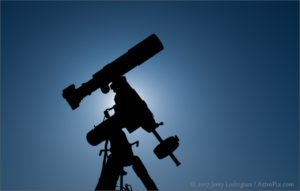
Keeping your focal length as short as possible would be the way to go with this kind of photography.
While these DSLR cameras would be needed for basic astrophotography, a better alternative for planetary photography would be a camera made for this purpose like the ZWO ASI290MM Mini. With this kind of camera, you would be able to get the best of results and with the finest of details. As they are dedicated for the sole purpose of planetary photography. Above all, they have a wider lens technology. Through which, you could be able to achieve way better results than what you would get with a wide-angle lens and DSLR.
If you’re looking for Monocular For Stargazing, check them out here!
Conclusion:
 Now that you have all the information you need, let us educate you about the best of the best. We have product reviews and telescope guides available on our online guide site, which you can check out. But for now, the best ones that we can recommend you for planetary telescoping and to view planets can be the Celestron 21037 PowerSeeker 70EQ, Orion AstroView 90mm Refractor or the Celestron NexStar 4 SE Makustov-Cassegrain.
Now that you have all the information you need, let us educate you about the best of the best. We have product reviews and telescope guides available on our online guide site, which you can check out. But for now, the best ones that we can recommend you for planetary telescoping and to view planets can be the Celestron 21037 PowerSeeker 70EQ, Orion AstroView 90mm Refractor or the Celestron NexStar 4 SE Makustov-Cassegrain.
Once you have this covered as well, we can now talk about the best time to see Saturn in 2022. The planet, Saturn will shine its brightest and be at its peak in 2022 during the month of July and some of August. However, to catch it at its utmost peak and its biggest, the best time would be between the date July 4th to August 9th of 2022.
So what are you waiting for? Now you are all educated about what you need to see Saturn through a telescope. Thus, with the help of our detailed article and guides present in our site, get your very own telescope now and get to stargazing!
- 10 Best Monocular Telescopes UK in 2022【Reviewed】 - April 1, 2022
- How To Build A Dobsonian Telescope [Guide 2022] - March 31, 2022
- Best Astrophotography Stacking Software [Ultimate Guide] - March 31, 2022

Leave a Reply